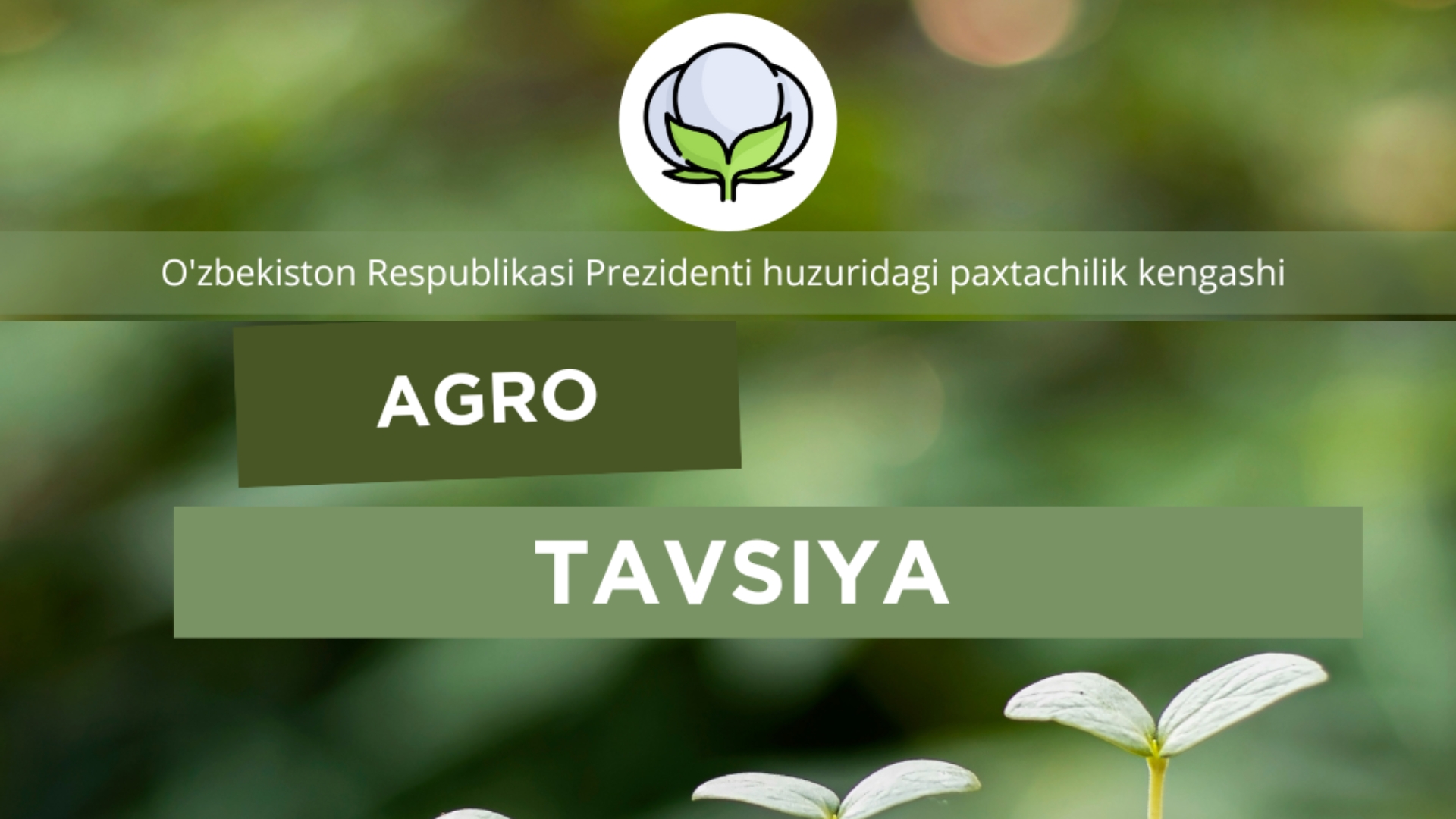
Gʻoʻza tunlami (koʻsak qurti) va unga qarshi kurash choralari
Gʻoʻza tunlami yoki koʻsak qurti – yirik kapalak (qanotlarini yozganda 40 mm gacha boradi), voyaga yetgan qurtining uzunligi 45 mm gacha boradi, tusi sariqdan toʻq-yashil qoragacha. Orqasi va ikkala yonida qora koʻngʻir toʻlqinsimon oʻsimtalarida siyrak tukli yoʻli bor.
Birinchi yoshidagi qurtlari gʻoʻzaning gul kurtaklarini, oʻsimlikning uchki qismidagi yosh shonalarni shikastlaydi. Qurt kattalashgan sari oʻrta va quyi shoxlariga tushib yirik shona va gullarni zararlaydi. Toʻliq voyaga yetgan qurtlari koʻsakni teshib ichiga kiradi va chigit bilan oziqlanadi. Shikastlangan gul va tugunchalar toʻkiladi, yetilib qolgan koʻsaklar chiriydi. Bitta qurt oʻz hayoti davomida 20 ta hosil shonalarini, shu jumladan 2-3 koʻsakni shikastlaydi. Unga qarshi kurashishda mutaxassislar quyidagi tavsiyalarni beradi.
Koʻsak qurtiga qarshi kurash choralari:
Agrotexnik tadbirlar. Yerni kuzgi chuqur shudgorlash, zararlanadigan ekinlarni bir-biridan uzoqroq joylashtirish, gʻoʻza qator oralariga ishlov berish, gʻoʻzani ortiqcha sugʻorib gʻovlashiga yoʻl qoʻymaslik talab etiladi.
Biologik usul: har 2 gektar gʻoʻza maydoniga 1 tadan feromon tutqich oʻrnatish va 1 ta tutqichga bir kechada 2-3 ta kapalak tushganda 3-4 kun oralatib 3 marta trixogramma tuxumxoʻridan har gektariga 1 grammdan 400 ta nuqtaga zararkunandaning har bir avlodiga qarshi chiqarish talab etiladi. Koʻsak qurtining oʻrta va katta yoshdagi qurtlariga qarshi brakon entomofagidan 1:20; 1:10; 1:5 nisbatlarda zararkunandaning har avlodiga qarshi 3-martadan 4-5 kun oralab 10x10m sxemada chiqarish tavsiya etiladi. Koʻsak qurtining kichik yoshdagi qurtlariga va tuxumiga qarshi Oltinkoʻz entomofagining 3-4 kunlik tuxumidan gektariga 500 tadan 1500 tagacha chiqarish ham yaxshi samara beradi.
Biopreparatlar bilan ishlov: Bacillus thuringiensis var.thuringiensis, BA–3000 YEA/ml shtampli preparatlarni oʻsimlikning oʻsuv davrida, 1–3 yoshdagi qurtlarga qarshi 5–6 kun oralatib 2/litrdan/ga 2-marta purkaladi. Virus poliedrlari, Shtamm XS–17, Gʻoʻza tunlami virusi, titri 1×109 spora/ml., shtampli preparatlarini oʻsimlikning oʻsuv davrida, 1–3 yoshdagi qurtlarga qarshi 5–6 kun oralatib 2-marta purkaladi.
Kimyoviy usul: koʻsak qurtining miqdori har 100 ta oʻsimlikka 8-10 ta (IZMM) yosh qurtlari toʻgʻri kelganda foydali hasharotlarga kam zararli yoki tanlab taʼsir etuvchi indoksakarb, Xlorantraniliprol 200 g/l asosli, Emamektin benzoat asosli, Emamektin benzoat 50 g/kg +lyufenuron 400 g/l asosli preparatlar tavsiya etiladi.
Gʻoʻza tunlami (koʻsak qurti) kapalagini tutish uchun SADSH eritmasini tayyorlash
SADSH eritmasini tayyorlash uchun
10 litr suv
15-20 gr achitqi (droja)
250 gr shakar
300 gr asal solinib aralashtiriladi va
8 soat davomida tindiriladi.
Tayyorlangan SADSH ga 0,5 litr vino solinadi.
Ushbu tayyorlangan SADSH ni salqin ichimliklar idishi (baklashka) yuqori qismi aylanasiga qirqilib, ogʻiz tomoni toʻntariladi va pastki qismiga solinib xuddi siyoxdon kabi tutqich yasaladi. Yasalgan tutqichlarga 200 gramm SADSH eritmasi quyiladi. Maxsus tayyorlangan 1,2 metrli tayoqchalarga tavsiya asosida oʻrnatiladi.
SADSH eritmasi solingan idish (baklashka) gektariga 5-6 donadan oʻrnatish tavsiya etiladi.
So'ngi yangiliklar
- Sohada amalga oshirilayotgan islohotlar izchilligi va ularning natijadorligi bilan tanishish maqsadida Qishloq xo‘jaligi vaziri Ibrohim Abdurahmonov Xorazm viloyatida bo‘ldi
- Surxondaryo viloyatida 3 333 gektar maydonida Xitoy Xalq Respublikasidan olib kelingan g‘o‘za navlari parvarishlanmoqda
- Paxta qabul qilish maskanlari paxtani qabul qilishga tayyormi